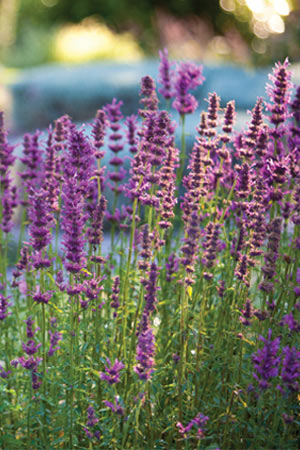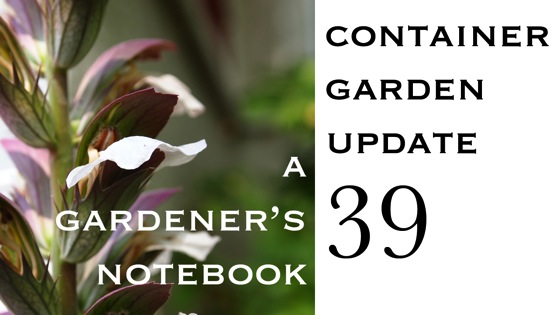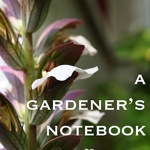Interesting Plant: Agastache ‘Aztec Rose’
Discovered via Pinterest User, Sage Gardening Coaching
Lovely dark and striking colors, along with double-petaled blooms in this Rudbeckia.
“Agastache (giant hyssop) is a genus of 9–12 species of aromatic flowering herbaceous perennial plants in the family Lamiaceae, native to eastern Asia (one species) and North America (the rest).[1]
Most species are very upright, 0.5–3 m tall, with stiff, angular stems clothed in toothed-edged, lance shaped leaves ranging from 1–15 cm long and 0.5–11 cm broad depending on the species. Upright spikes of tubular, two-lipped flowers develop at the stem tips in summer. The flowers are usually white, pink, mauve, or purple, with the bracts that back the flowers being of the same or a slightly contrasting color. Leaf tips can be eaten and made into teas.— Wikipedia
More information on Agastache:
Previously in the Interesting Plant series:
- Rudbeckia hirta Moreno
- Kalanchoe Tomentosa
- Albuca namaquensis
- Hosta ‘Remember Me’
- Dahlia ‘Clair de Lune’
- Lovely silver-tinged fern on campus of Oberlin College, Ohio
- Tricolor Beech (Fagus sylvatica Purpurea Tricolor)
- Climbing Hydrangea (Hydrangea anomala petiolaris)
- Eremurus ‘Lemon Meringue’
- Lupine “Sunrise” (Lupinus hartwegii)
- Chinese Fringe Flower (Loropetalum chinense)
- Streptocarpus ‘Harlequin Blue’
- Nigella damascena (love-in-a-mist, ragged lady)
- Epiphyllum (Orchid Cactus)
- Sempervivum ‘Westerlin’
- Gladiolus ‘Kings Lynn’
- Hosta sieboldiana ‘Dorothy Benedict’
- Begonia “Escargot”
- Asparagus Pea (Psophocarpus tetragonolobus)
- Rosa banksiae (Lady Banks’ Rose)
- Primula ‘Victoriana Silver Laced Black’
- Oxalis versicolor
- Poached Egg Plant (Limnanthes douglasii)
- Parisian Carrots
- Fritillaria imperialis Rubra Maxima
- Clematis “Fascination”
- Swiss Chard “Bright Lights”
- Georgia Rattlesnake Melon
- Dianthus Barbathus “Green Ball” or “Green Trick”
- Coleus “Religious Radish”
- Black Forest Calla Lily
- Black Bamboo
Interesting Plant is a series from A Gardener’s Notebook blog and podcast that highlights the most interesting plants I find in my Internet and real-world travels — Douglas









